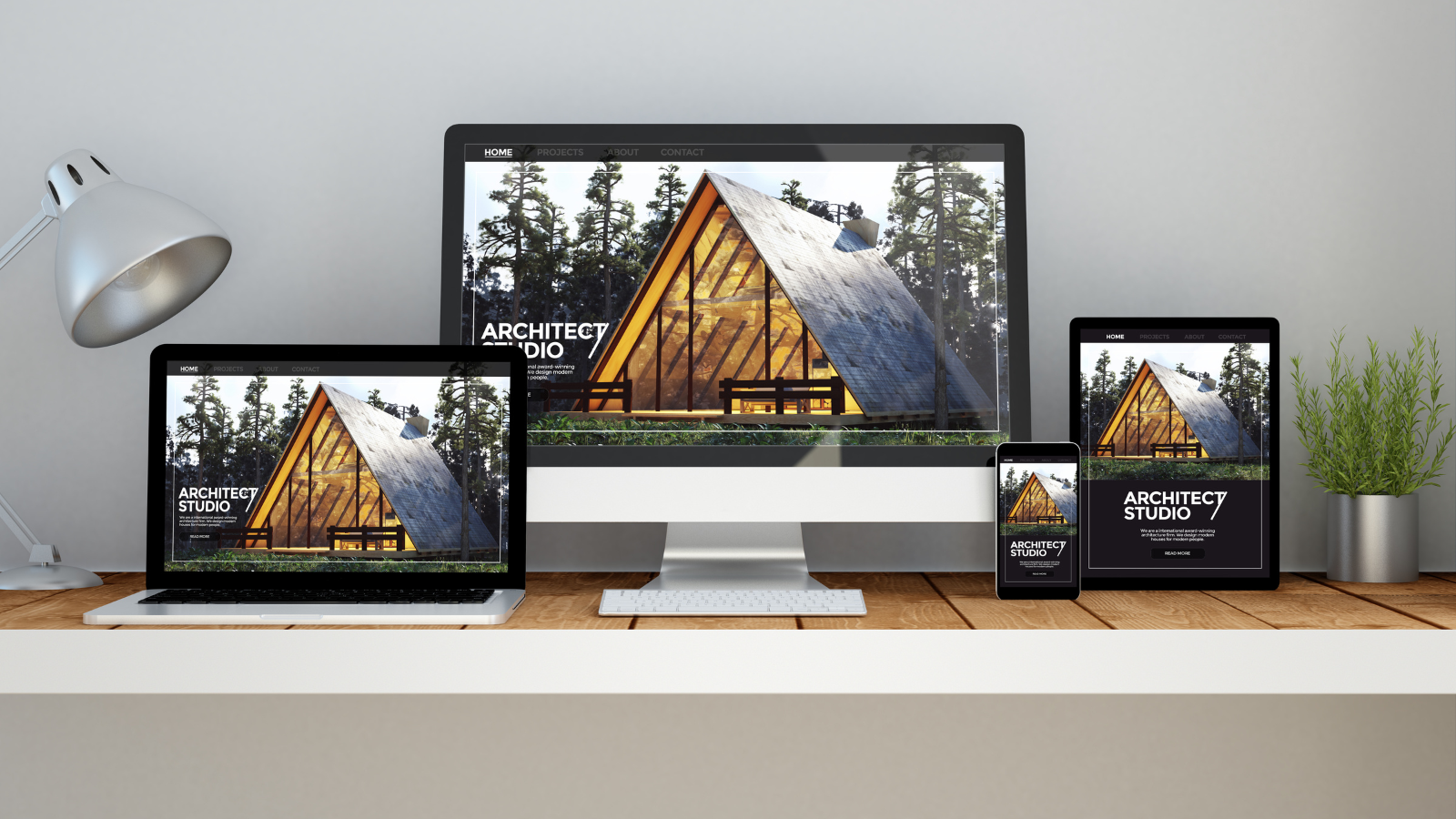4 Essential Tools Every Digital Marketer Needs in 2025
Digital marketing is an ever-evolving field, and keeping up with the latest tools is crucial for staying ahead. Whether you're brainstorming content...
In today’s digital-first world, your website is your storefront, and your landing pages are your sales representatives. For small businesses, a well-crafted landing page can be the difference between a curious visitor and a paying customer. But what exactly makes a landing page effective, and how can you create one that sells?
This beginner’s guide will break down the essentials of designing landing pages that convert visitors into customers. Whether you’re new to digital marketing or looking to refine your existing pages, these actionable tips will help you create landing pages that work hard for your business.
A landing page is a standalone web page created with a single goal: to guide visitors toward a specific action. Unlike your homepage, which provides an overview of your business, a landing page focuses on one objective, such as:
Collecting leads through a sign-up form.
Encouraging product purchases.
Promoting a specific service or event.
The power of a landing page lies in its simplicity. By removing distractions and emphasizing one call-to-action (CTA), it can dramatically boost your conversion rates.
Landing pages eliminate distractions by removing navigation menus and unrelated content. This ensures your visitors stay focused on your offer.
By directing traffic to a targeted landing page, you can capture more leads and funnel them into your sales process.
Landing pages are designed to convert. With the right elements, you can guide visitors to take immediate action, such as signing up for a newsletter or booking a consultation.
For small businesses with limited budgets, landing pages are a cost-effective way to promote products, services, or special offers without redesigning an entire website.
Your headline is the first thing visitors see, and it needs to grab their attention immediately. It should convey the value of your offer in a concise and engaging way.
Example:
“Unlock Your Full Potential with Our Free Business Growth Guide”
Pro Tip: Use action words and focus on the benefit your audience will receive.
Images or videos play a crucial role in capturing attention and supporting your message. Choose visuals that are relevant, high-quality, and appealing to your target audience.
Example:
Pro Tip: Avoid stock images that feel generic. Authentic visuals resonate more with visitors.
Your CTA is the heart of your landing page. It’s what you want visitors to do, whether it’s signing up, buying, or downloading. Make your CTA button bold, clear, and action-oriented.
Examples:
Pro Tip: Use contrasting colors for your CTA button to make it stand out.
Your landing page copy should focus on the benefits your audience will receive, not just the features of your product or service. Show visitors how your offer solves their problems or improves their lives.
Example:
Instead of: “Our software has 24/7 support,” write: “Get round-the-clock support to keep your business running smoothly.”
Pro Tip: Use bullet points to make key benefits easy to scan.
People trust recommendations from others. Adding social proof like testimonials, reviews, or case studies builds credibility and reassures visitors that your offer delivers results.
Example:
“Thanks to [Your Business], we increased our revenue by 30% in just three months!” — Happy Customer
Pro Tip: Include real names, photos, or logos for added authenticity.
With most web traffic coming from mobile devices, it’s essential that your landing page looks great and functions seamlessly on all screen sizes.
Pro Tip: Test your landing page on different devices to ensure it loads quickly and is easy to navigate.
If your goal is lead generation, keep your sign-up form short and straightforward. Only ask for essential information to avoid overwhelming visitors.
Example:
Instead of asking for full name, email, phone number, and address, stick to just name and email.
Pro Tip: Add a privacy assurance statement (e.g., “We’ll never share your email address”) near the form to build trust.
Step 1: Define Your Goal
Decide what you want to achieve with your landing page. Is it to collect leads, sell a product, or promote an event? Your goal will guide your design and content choices.
Step 2: Choose a Landing Page Builder
You don’t need to be a tech expert to create a professional-looking landing page. Tools like Canva, Wix, or HubSpot’s landing page builder offer user-friendly templates tailored for small businesses.
Step 3: Write and Design Your Page
Focus on creating an uncluttered layout with a compelling headline, engaging visuals, and a clear CTA. Use simple language that resonates with your audience.
Step 4: Test and Optimize
Before launching your landing page, test it for usability and effectiveness. Experiment with different headlines, visuals, or CTAs to see what performs best.
Pro Tip: Use tools like Google Analytics or Hotjar to track user behavior and make data-driven improvements.
A great landing page doesn’t just look good—it drives action. By focusing on simplicity, clarity, and your audience’s needs, you can create landing pages that effectively convert visitors into customers.
For small businesses, landing pages are a powerful and affordable marketing tool. Whether you’re promoting a special offer, collecting leads, or showcasing a service, a well-designed landing page can help you achieve your goals and grow your business.
Need help crafting landing pages that sell? Contact us today to create a strategy tailored to your business!

Digital marketing is an ever-evolving field, and keeping up with the latest tools is crucial for staying ahead. Whether you're brainstorming content...

In 2025, social media continues to be a cornerstone of digital marketing strategies for businesses of all sizes. With ever-changing algorithms and...

A call to action (CTA) is one of the most critical elements of your marketing content. Whether it’s a blog post, social media ad, email, or website...

Your website is often the first impression potential customers have of your business. It’s your digital storefront, and its primary job is to convert...

The digital landscape has been evolving rapidly, and one thing is abundantly clear in 2025: mobile is king. From casual browsing to critical...

In today’s digital-first world, having an online presence is no longer just an option for small businesses—it's a necessity. But you might be...